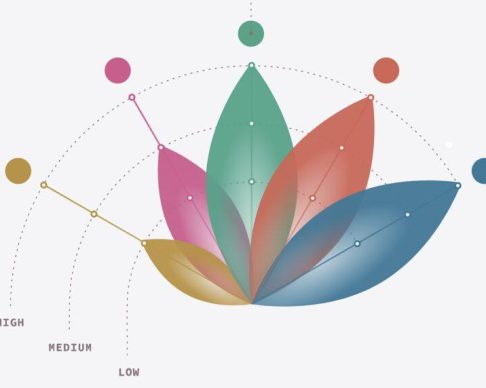
Data Science I
Home ㅤ>ㅤ Data Science I

Challenge
Developing and validating approaches to foster maternal and child health is challenging due to the complex interaction of biological, environmental and social factors. Furthermore, policy recommendations for such approaches frequently lack sufficient supporting scientific evidence, while clinical trials are expensive, time-consuming, and increasingly difficult to implement. There is now a key opportunity to accelerate research in this area by analyzing administrative and clinical outcomes databases in Brazil to formulate public health recommendations that are data-driven and cost effective.

Goal
This call is an outcome of the All Children Thriving call and also part of another initiative funded by the Gates Foundation in 2010 named Healthy Birth, Growth and Development Knowledge integration (HBGDki). The goal of this program is to use data science tools to develop a deep understanding of the risk factors contributing to poor outcomes in preterm birth, physical growth faltering, and impaired neurocognitive development.
The purpose of this call for proposals is to promote new and novel approaches to analyzing data related to social programs and public health in Brazil to produce novel insights which can be used to improve maternal and child health in Brazil and around the world.. Applicants were able to choose to work with large datasets available to them or to collaborate with Center for Data and Knowledge Integration for Health (CIDACS) to explore their linked anonymized dataset (100 million Brazilian Cohort).
The call supported proposals designed to answer critical scientific questions related to maternal and child health and development outcomes that:
- That apply innovative analyses or machine learning techniques to identify patterns in data from “natural experiments” (e.g., the impact of economic cycles on the quality of primary care and health outcomes);
- That stratify risk of adverse pregnancy outcomes, including preterm birth and low birth weight;
- That incorporate weight gain during pregnancy as a variable, including helping to determine the relative contributions to neonatal health outcomes of maternal diet quantity versus quality;
- That determine the relative contributions to infant health outcomes of diet quantity versus quality (e.g., protein quantity versus quality);
That target underexplored subsets of data (e.g., rare but significant HBGD events that can be studied because of the large size and statistical power of the database); - That help convert correlations to causal hypotheses (e.g., health outcomes correlated to sex differences, maternal education, birth spacing, age of first pregnancy, establishing causal impact of air pollution on fetal growth);
- That identify new ways to aggregate risk factors and identify vulnerable populations for adverse maternal and child health outcomes, including innovative data integration strategies and visualization tools;
- That specifically incorporate the roles of women – as perceived locally – from adolescence to motherhood (including pregnancy during adolescence);
- That evaluate programs for pre-pregnancy intervention for women and the effect of doing so on prenatal, maternal, fetal and neonatal mortality;
- That determine the best care for low-birth-weight babies;
That help determine the window of opportunity to foster catch-up growth for preterm and low-birth-weight babies, and the most effective interventions for doing so; - That help identify critical periods for intervention during pregnancy and early childhood;
- That stratify risk of stunting and wasting from birth through two years of age;
- That target root causes of maternal mortality, including caesarean section, and address the most vulnerable population groups considering age and ethnicity;
- That investigate the “double burden” of disease in Brazil leading to pockets of stunting and wasting in parallel with pockets with rising rates of childhood obesity;
- That stratify risks for child development aiming to establish national indicators for healthy development from the neonatal period to the first two years of the children addressing preferably most vulnerable population groups considering age and ethnicity;
- That help to understand the relationship between social indicators, nutritional conditions and mortality from the prenatal period to the early childhood. We welcome applications addressing traditional and vulnerable populations.

Project







